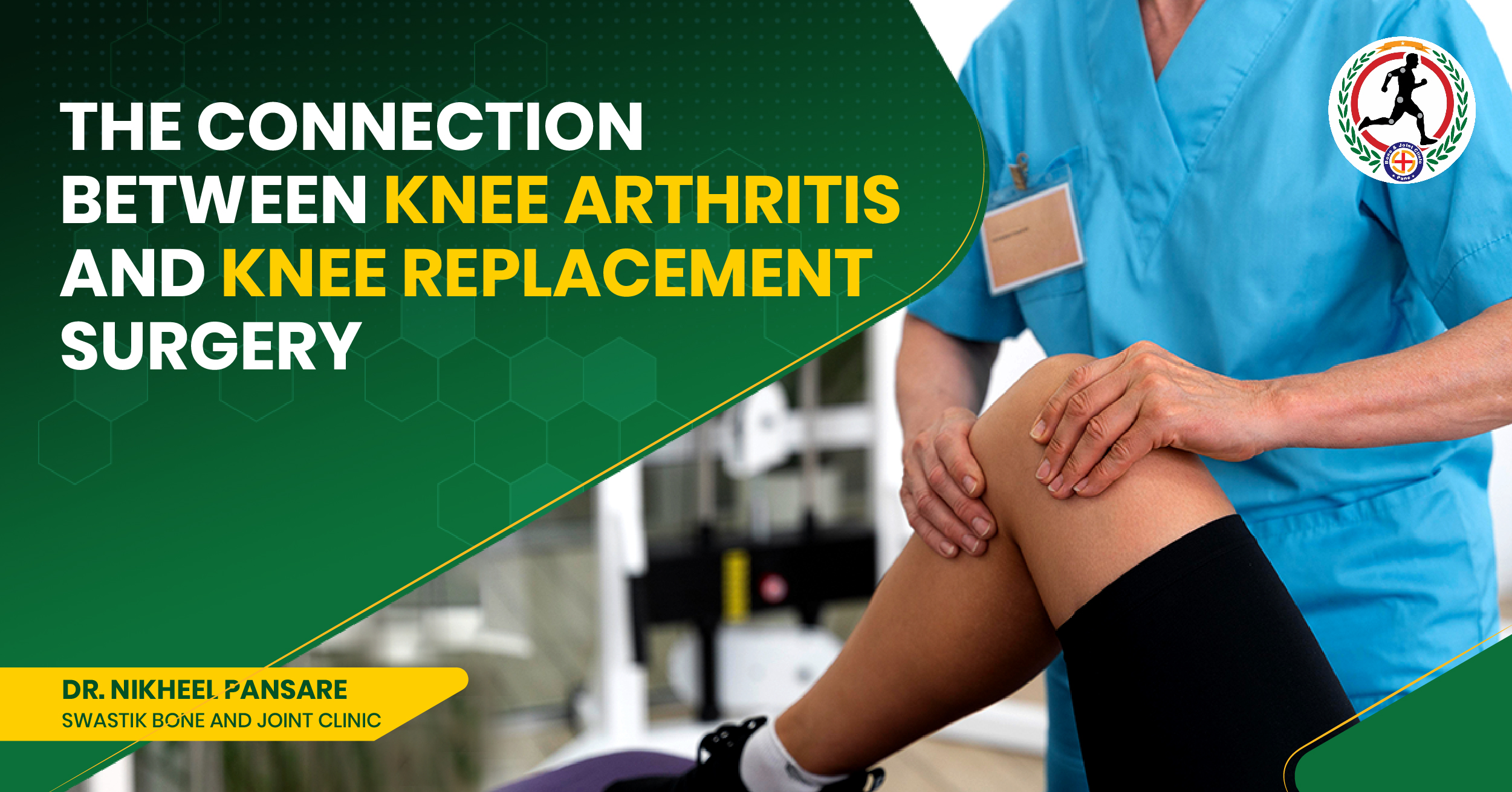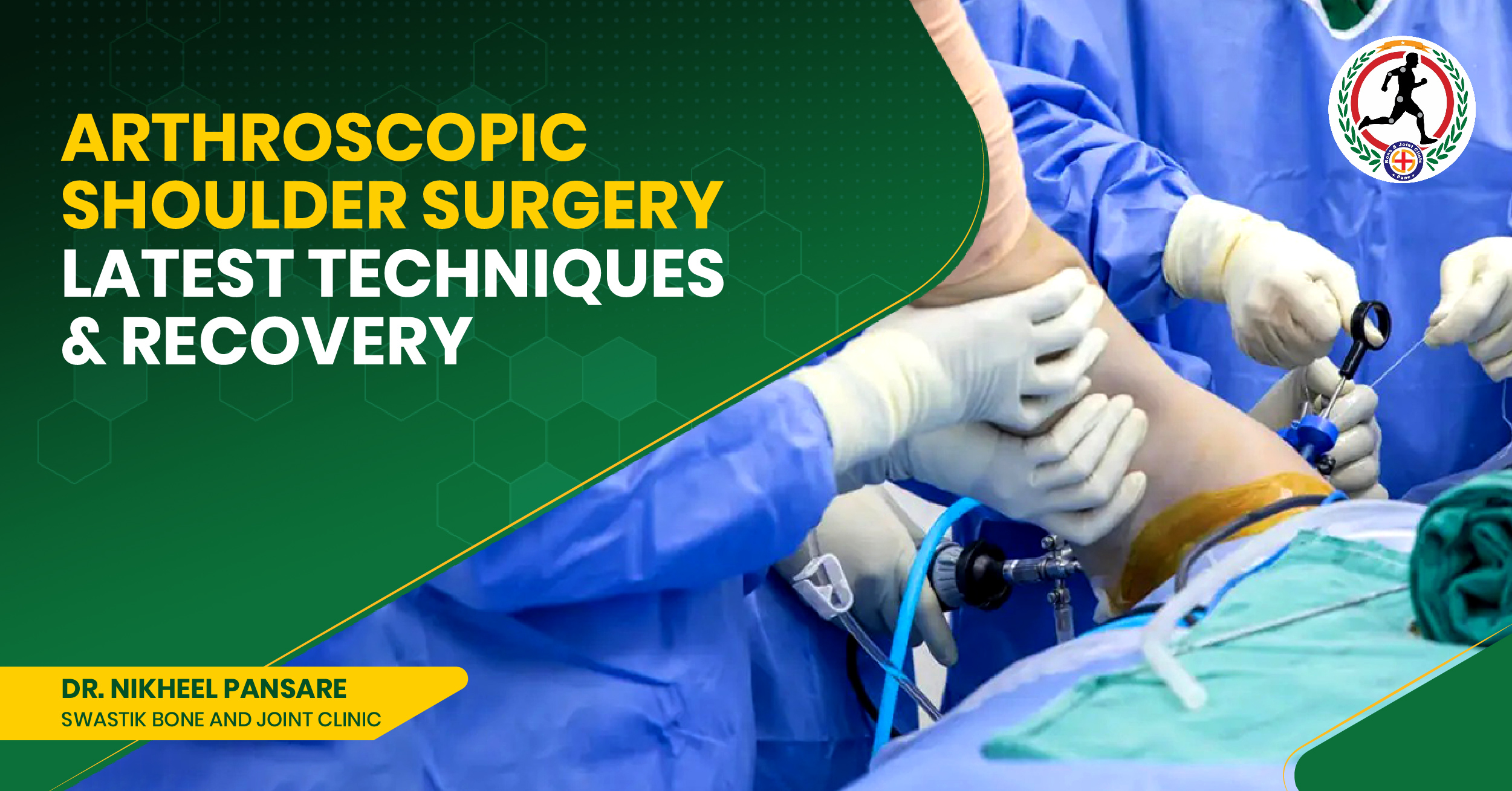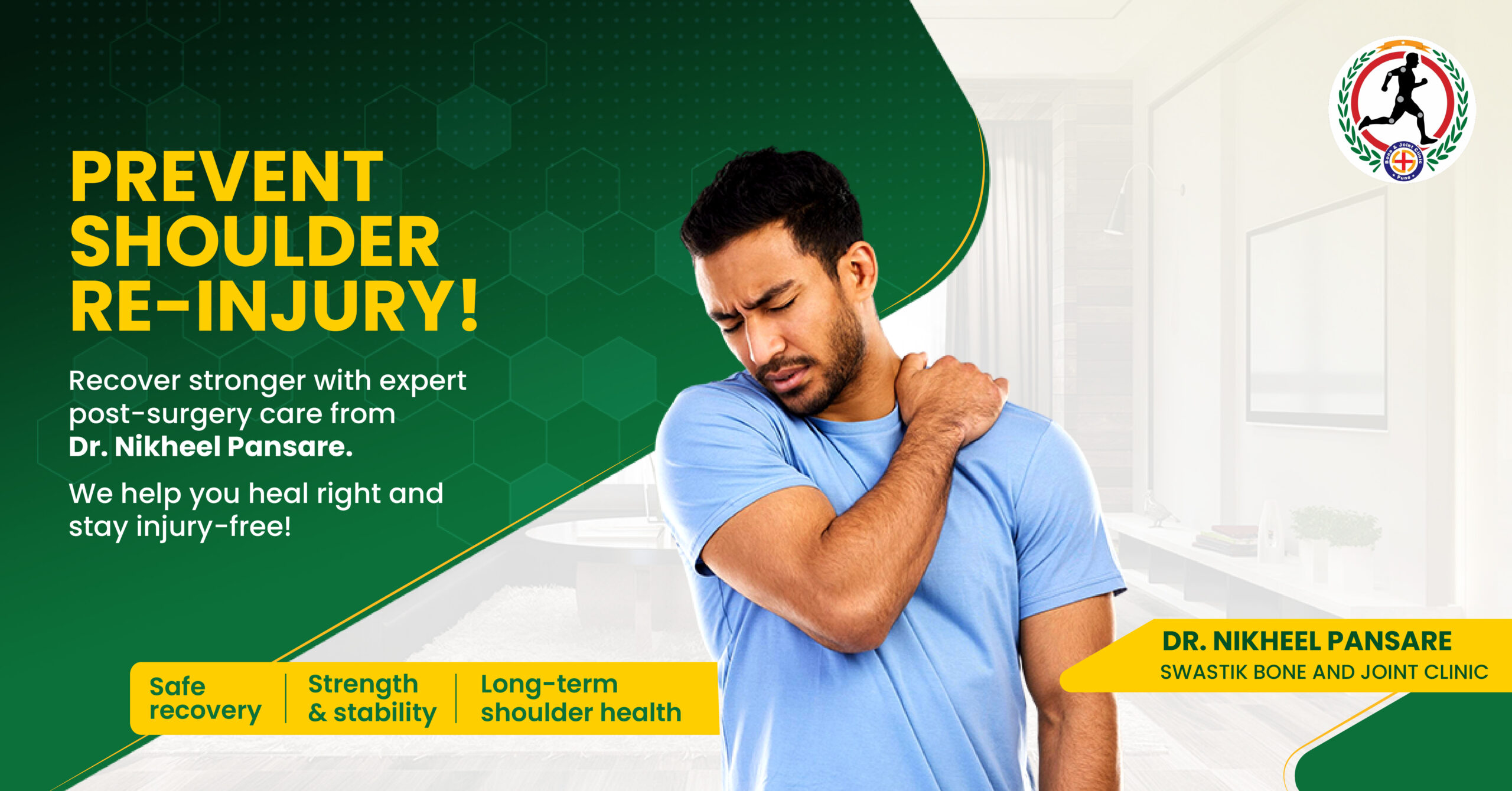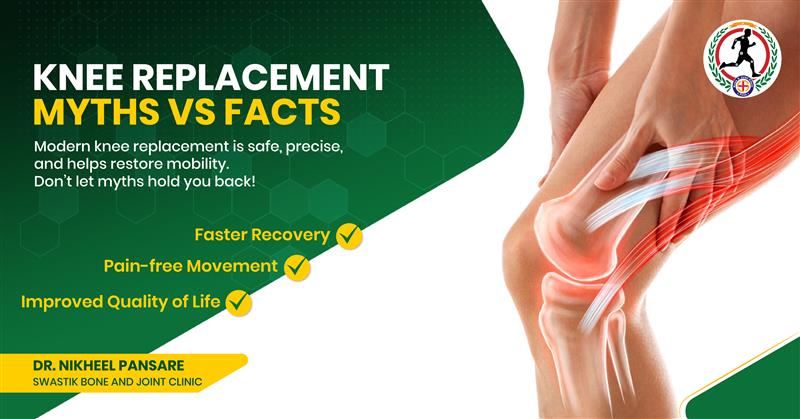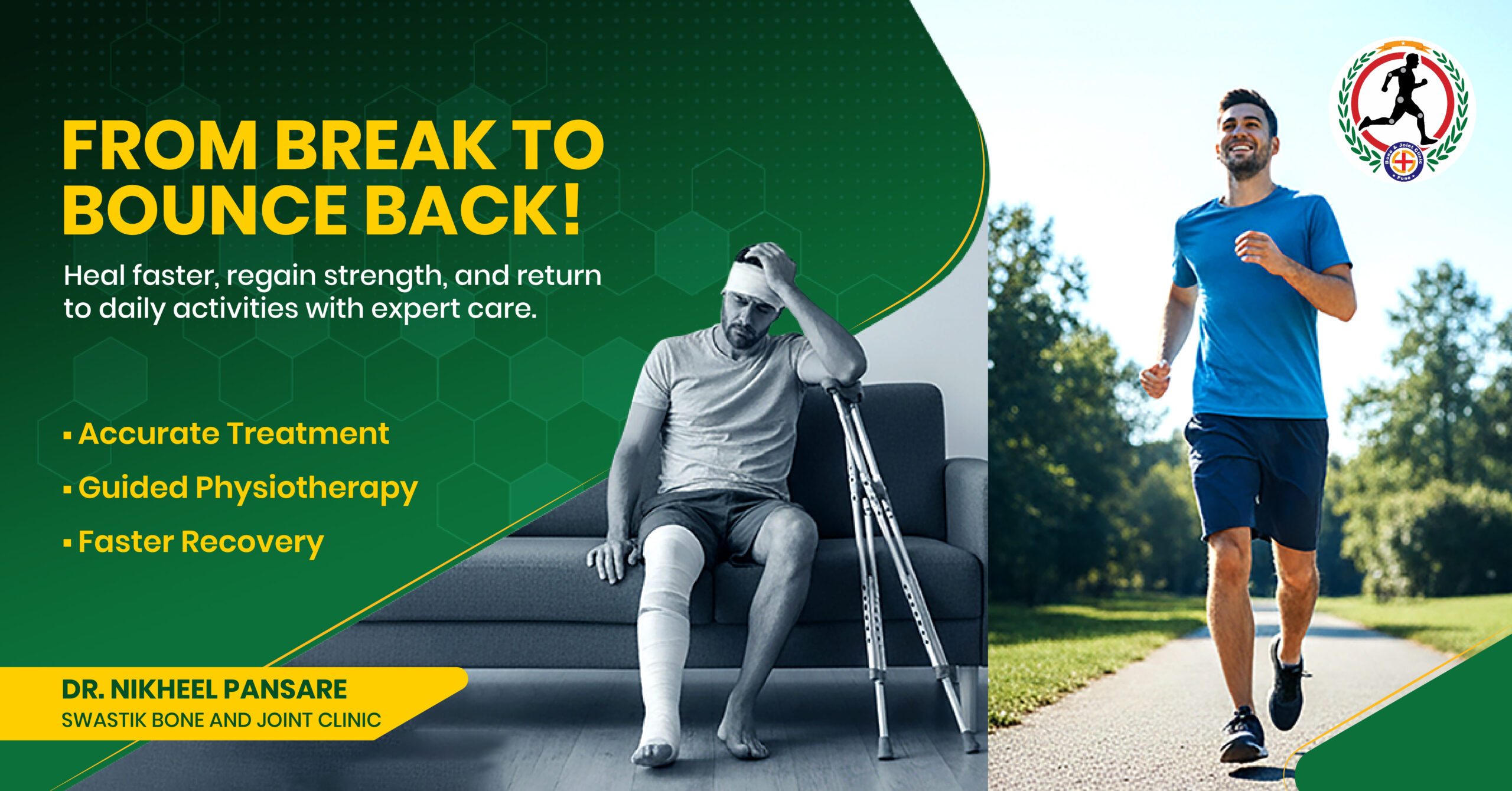The world of athletics is exhilarating, filled with challenges, camaraderie, and the pursuit of personal excellence. However, the thrill of competition comes with the inherent risk of sports injuries. These injuries can range from minor strains and sprains to more severe bone fractures and ligament tears, potentially jeopardizing an athlete’s performance and long-term athletic aspirations.
Understanding Sports Injuries and Their Impact
Sports injuries can occur due to various factors, including overuse, improper technique, sudden impact, or underlying medical conditions. Regardless of the cause, these injuries can significantly impact an athlete’s physical capabilities, limiting their ability to train, compete, and enjoy their chosen sport.
Common sports injuries include:
Sprains: Overstretching or tearing of ligaments that support joints
Strains: Overstretching or tearing of muscles or tendons
Bone fractures: Cracks or breaks in bones
Ligament tears: Complete or partial tears of ligaments.
Concussions: Brain injuries caused by sudden blows to the head
Effective Prevention and Management of Sports Injuries
Sports injury prevention strategies play a crucial role in safeguarding an athlete’s well-being and minimizing the risk of setbacks. These strategies include:
Proper Warm-up and Cool-down: Warming up prepares muscles for activity while cooling down helps prevent muscle soreness and stiffness.
Strength and Flexibility Training: Regular strength and flexibility exercises enhance muscle stability and joint range of motion, reducing the risk of injuries.
Proper Technique: Proper form and technique during training and competition help prevent undue stress on muscles, joints, and ligaments.
Rest and Recovery: Adequate rest and recovery are essential for muscle repair and regeneration, preventing overuse injuries.
Appropriate Sports Equipment: Using well-fitting and protective gear, such as helmets, braces, and mouthguards, can minimize the impact of injuries.
When sports injuries do occur, prompt and appropriate treatment is essential for optimal recovery and a return to sports. Treatment options may include:
Rest and immobilization: Initial treatment often involves rest and immobilization to allow for healing.
Ice and compression: Applying ice and compression can reduce swelling and pain.
Physical therapy: Physical therapy exercises help restore strength, flexibility, and range of motion.
Medication: Over-the-counter or prescription medication may be used to manage pain and inflammation.
Surgery: In some cases, surgery may be necessary to repair severe injuries.
The Expertise of Sports Injury Specialists
Sports injury specialists in Pune, such as Dr. Nikheel Pansare, an experienced orthopedic surgeon in Viman Nagar near Kharadi, play a pivotal role in the prevention, diagnosis, and treatment of sports injuries. They possess in-depth knowledge of sports-specific injuries and can provide comprehensive care tailored to each athlete’s individual needs and goals.
Conclusion
Sports injuries, while common, need not derail an athlete’s journey. By implementing effective prevention strategies, seeking prompt treatment, and working closely with sports injury specialists, athletes can safeguard their physical well-being, minimize the risk of setbacks, and continue to pursue their athletic aspirations with confidence and determination.




